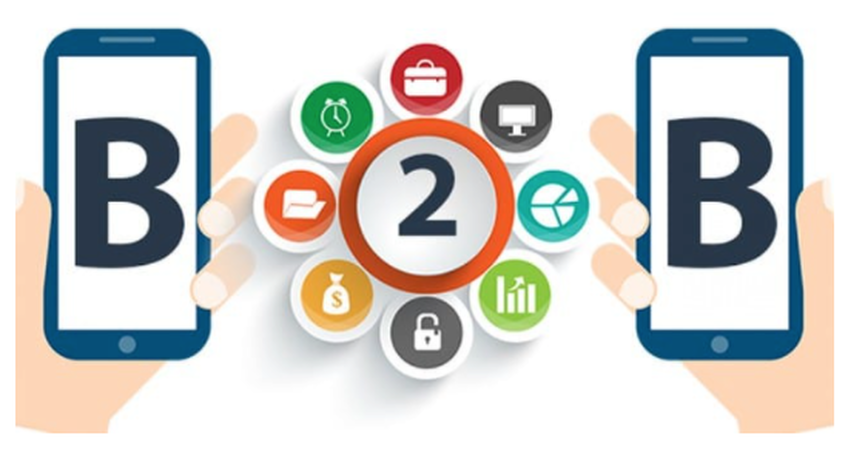
To understand what loyalty needs to look like, B2B organisations need to pause and first consider their customers.
In “Pre COVID” times, B2B organisations had to accommodate what research calls the “Consumerized Buyer”. These are people within procurement teams who are essentially people first!
In their own personal lives, these buying teams experience Amazon, Apple, and other retailers who do a great job. The result is these people demand the same intuitive experiences with business partners.
80% of B2B Organisations say their B2B customer expectations have changed due to the influence of B2C practices
This B2B customer expectation has been amplified as a result of the Pandemic.
B2B Loyalty explained
The B2B customer does not seek personal gain or incentives when dealing with B2B organisations, making the dynamic of loyalty different to B2C.
Loyalty strategy for B2B organisations can be summed up in a single statement:
Making it easy to engage and purchase across both physical and digital touchpoints and provide a high standard of remote support
Episerver surveyed over 700 B2B organisations and found two distinct trends…
78% of buyers would buy more if the online channel was intuitive and easy to use
98% of buyers believe the quality and variety of support options is an extremely important factor in their choice of a B2B organisation
Bringing B2B loyalty to life:
The first step is the creation of “Multichannel” B2B customers: this is the process of nurturing and prompting people to engage and buy from both physical and digital touchpoints.
This may seem counterintuitive because of the Pandemic, but in fact accessing a variety of touchpoints is still of high importance. What B2B organisations need to realise is, the Pandemic has changed the physical/digital touchpoint dynamic.
Before COVID, B2B customers would engage online but primarily purchase through physical touchpoints. The digital channel contributed to the sale, but the primary engagement was physical in nature.
The Pandemic has flipped this dynamic where the physical touchpoint has more of a minor contribution, making the digital channel the primary method of engagement and buying.
However, the two types of touchpoint still need to work together. As seen in the research above, the support function is important and is more a physical function.
Why is Multichannel engagement important?
Research proves when people engage with multiple touchpoints they…
- Buy more per order
- Buy more frequently
- Are more loyal
There are many reasons why loyalty increases, but the primary reason is if a bad experience occurs on one touchpoint, the B2B customer does not classify the B2B Organisation as being a poor partner because great experiences are being had on the other channel.
This is the risk of engaging with B2B customers via a single touchpoint.
To create a multichannel customer requires a B2B organisation to adopt new business characteristics needed to make this happen. Some examples…
- The online channel must be seamless and intuitive and match the buying needs of a B2B customer
- Business systems must elegantly speak to each other so order histories and past buying behaviours can be seen across both physical and digital touchpoints
- This “holistic” view of the B2B customer needs to be monitored to make future enhancements
- Highly relevant communications (via email marketing) comes as a result of business system connectivity
If a B2B business does not look at loyalty in this way, they will lose customers. This from Episerver’s research:
“I have switched vendors for a more consumer-like experience” – 67% responded yes to this behaviour.
This is not an easy answer and the methods to roll this out is different for every organisation. However, taking this emphatic view and making the B2B customer the priority will set the tone and the right priorities.
This article was as tagged as B2B , Business Transformation , COVID Retail